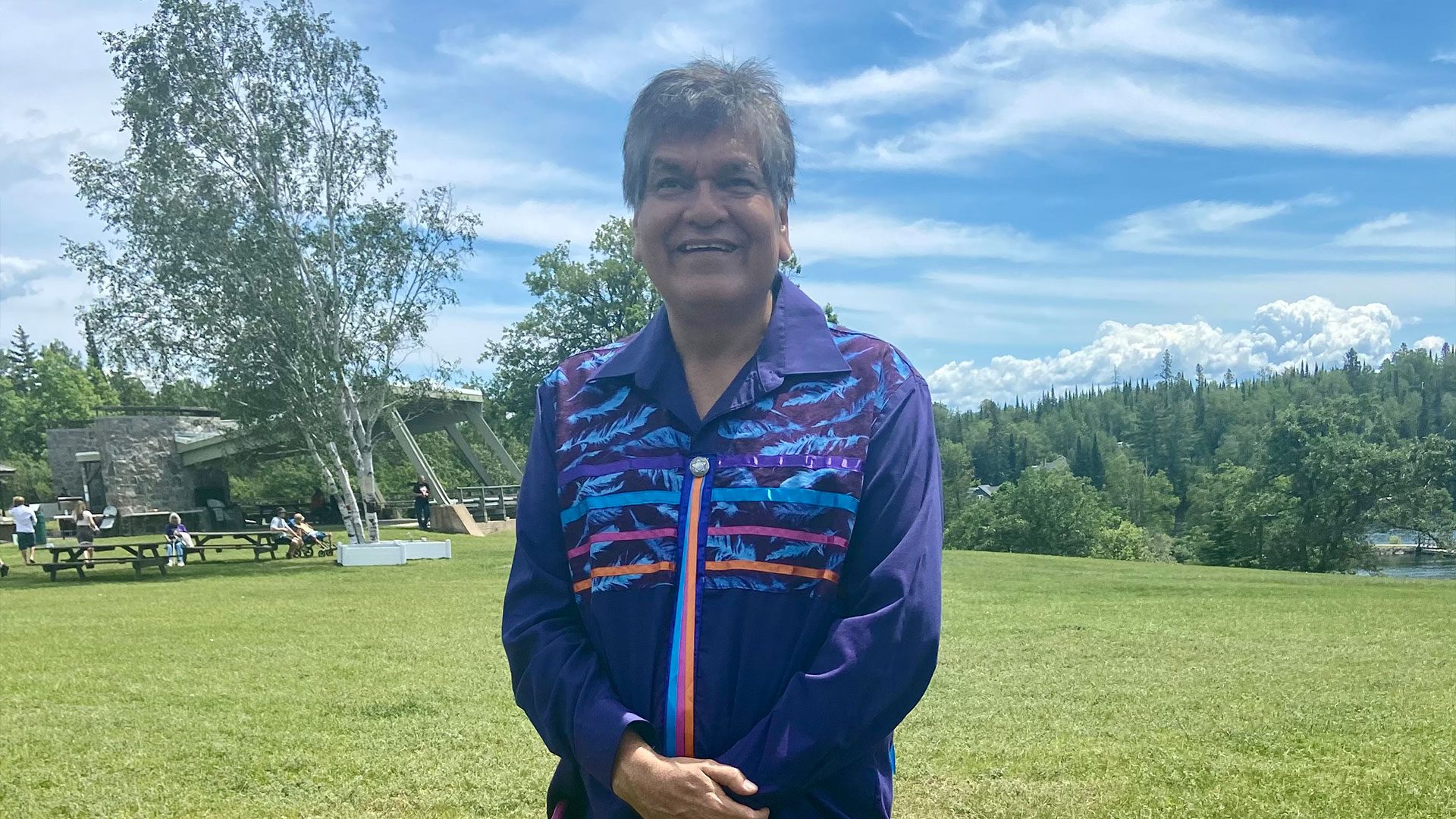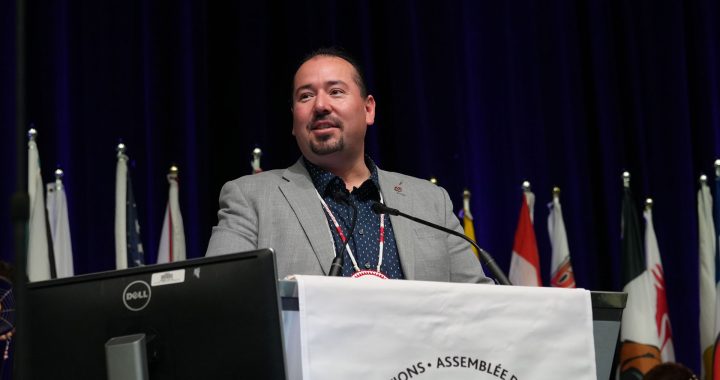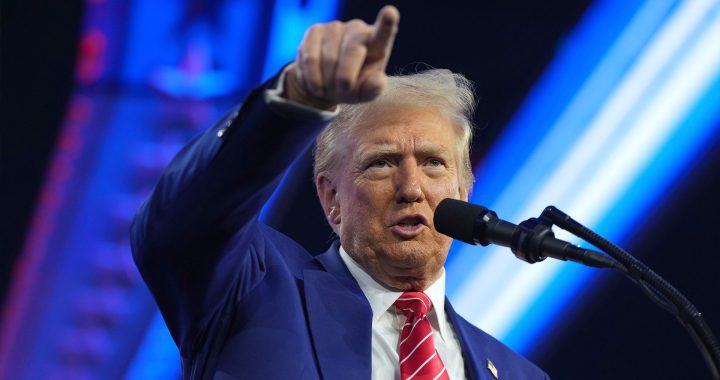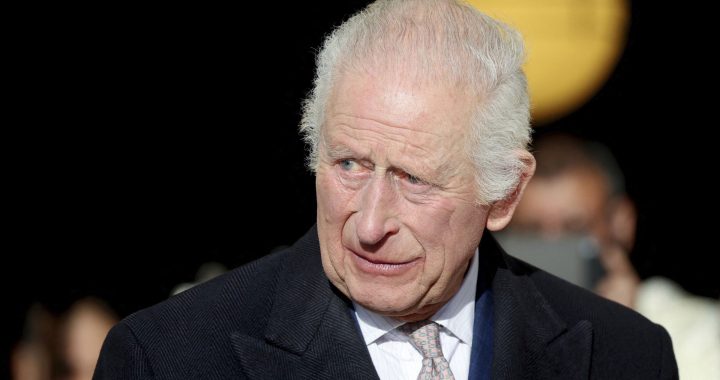In the summer of 1974, dozens of First Nations youth led by the Ojibway Warriors Society, launched an armed occupation of Anicinabe Park in Kenora, Ont., a couple of hours east of Winnipeg.
At 20 years old, Sally Skead was one of them.
“It was a hard time for our people,” Skead said on Friday. “There was a lot of violence towards our people at the time. And a lot of the young people were tired of it.”
On National Indigenous Peoples Day, she was among the surviving members honoured for the 50th anniversary of the occupation.
At the anniversary event, over one hundred people gathered at the park to commemorate the past and share their vision for the next half-century.
The 1974 occupation, led by Louis Cameron of the Ojibway Warriors Society, began as a four-day youth conference.
But days became weeks, as the youth took up arms and established their own security force.
On July 23, the first official day of the occupation, the local paper, Kenora Miner, counted 150 First Nations youths on site.
On August 12, the paper reported that an occupier fired upon a contractor accompanied by two OPP officers. The Ojibway Warriors Society banned police from entering the park and had previously threatened to open fire on any policemen who did so. A few days later, the occupiers agreed to withdraw arms.

Over six weeks, the occupiers voiced their demands that included; better housing; employment opportunities and an overhaul of the former Department of Indian Affairs.
They also called for the return of the Anicinabe Park lands–lands they claimed were illegally purchased by the federal government and sold to the city in 1959.
“Anicinabe Park, that used to be our land,” Skead said. “They used to have an Indian house here, and all the Anishinaabe people would come here in the summertime and they would have ceremonies, healing ceremonies.”
Eddie Mandamin was 10 years old and attending a residential school during the occupation.
He recalls the abuse he endured at the hands of schoolteachers worsening at the time. Today, he considers himself “part of the warriorship” of the occupation.
“Although we weren’t part of the occupation here, we were still held prisoners at the residential school,” Mandamin said. “And because of the park here, they made our lives miserable for the summer.”
The occupation brought issues faced by First Nations in Treaty 3 to centre stage–one of them being mercury contamination in Grassy Narrows.

Four years before the occupation, it was revealed that the Reed Paper Company dumped mercury into the English-Wabigoon river system, contaminating the waters used by the nearby Grassy Narrows First Nation.
Over half a century later, the issue persists, with an estimated 90 per cent of members displaying symptoms of mercury poisoning.
“The only thing we’re asking for is equality. That’s what I want, is equality. To be able to be treated like all other Canadians,” Grassy Narrows Chief Rudy Turtle said at the anniversary event on Friday.
Still, fifty years on, the people say much has changed for the better.
“If you really look at Kenora, we’ve actually came a long way over the last fifty years. We took care of some of the housing, we’ve got a lot of First Nations living in Kenora,” Mandamin said. “They hired me as a new Indigenous relations officer to help with the Truth and Reconciliation, so I think the movement that this present council has is very proactive.”
Underscoring the historical significance of the occupation, Mandamin recognizes the 1974 action as the first Land Back initiative in North America.
He hopes, in his lifetime, he’ll witness the return of the Anicinabe Park land to its original stewards: the Anishinaabe of Treaty 3.











